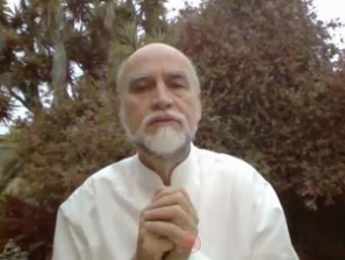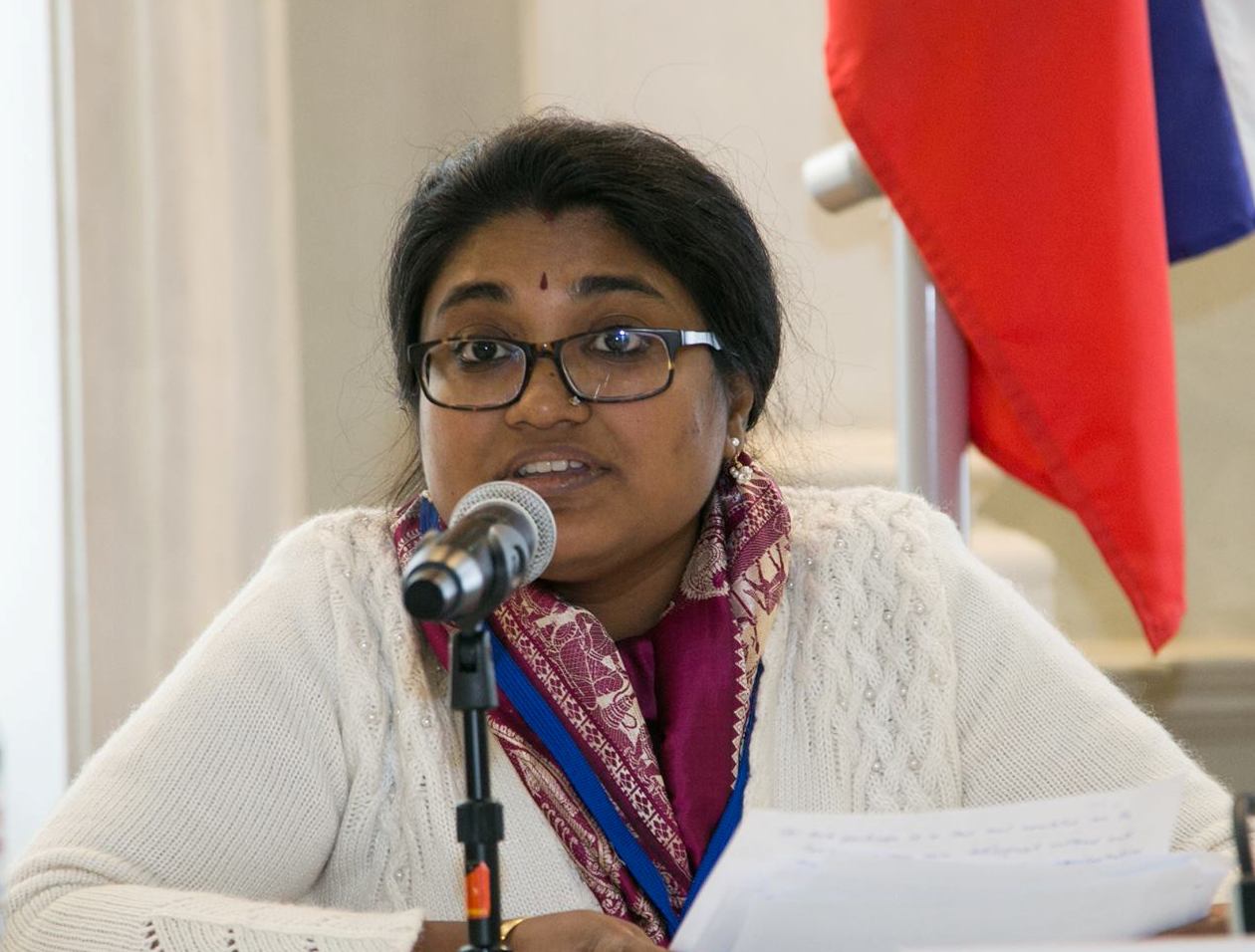On the occasion of International Day of Yoga, VIF organized a talk by Professor Christopher Key Chapple (Loyola Marymount University, USA) under the VIF Lecture Series ‘Understanding Indian History & Civilization’. The talk was titled The Shared Heritage of Yoga: Ideas and Practices from Hinduism, Jainism and Buddhism and was held via webinar on 22 June 2020.
Dr. Arvind Gupta introduced the theme and pointed out how Yoga is very old yet contemporary. When the resolution on the International Day of Yoga was adopted by the United Nations, it was done under the rubric of health and foreign policy. It is interesting to see how health and foreign policy could come together under the ambit of Yoga. It was also emphasized then how Yoga could help build resilience against non-communicable diseases.
In his talk, Prof. Chapple recounted the story of Yoga with broad brushstrokes starting from the Upanisads through the development of Samkhya philosophy, to the development of the vratya fraternity and the birth of Jainism and Buddhism. The talk charted the trajectory of history, divergence and convergence in the development of Yoga. The speaker pointed out that in the earliest Indian texts, from the very beginning, one can notice a sense of directionality, and especially a sense of directionality with respect to the human body, which in a way informs the architecture of Yoga. The Samkhya philosophy distilled the knowledge of the universe, accounting for all the pieces that constitute the universe, like earth, water etc., operations of the human body and mind, samskaras, vasanas, and so on. Many centuries later, the Buddha would declare the nature of the world as sarvam dukkham—there is something troubling about being driven by hatred, greed, delusion and so on. There is a fundamental misconception about our purpose here in the world.
The Vedic ceremony of the sacrifice had afforded the possibility of joining oneself with the process of nature (creation). Figurines form Mohenjodaro and Harappa attest to the human endeavours at sitting in harmony with nature. We find a seal with someone who looks like a yogi and is surrounded by animals. Then we have the vratyas. A vratya is person who takes the vow (vrata). The vow is one of the defining features of Yoga. The mahavratas are the foundation of Yoga, the pillars on which Yoga was built. The oldest surviving Jaina sutra, the Acarangasutra, talks about these vows—ahimsa, satya, asteya, brahmacharya, and aparigraha. Observing life, rules were given so as to minimize harm done to life around us. This was in tune with the traditional thought and practice in India of revering natural elements as a token of gratitude; for example, water was celebrated as life, the gayatri mantra acknowledged our debt to the sun, breath/wind/prana was also celebrated.
The main idea was to abjure violence to any being (ahimsa). One has to be careful with every single word created and delivered. The Jainas had the practice of retreat for many months. Wearing a mask—which we now do for COVID-19—is a very old Jaina practice for preventing harm from going out from and coming into the mouth. The fifth vow shows how little we actually need to survive. This is a worldview that calls for an appreciation of the tree, for instance, rather than seeing the tree as a source of utility (fuel), seeing it as a potential life form. Buddhism too dealt with fundamental ethical principles. For example, what do we do with other people’s accomplishments? We practice the feeling of mudita—we think “Good for you!” rather than going on a spree of thinking “Oh wish I had that!”. Thus, Prof. Chapple highlighted the inseparable connection of Yoga with ethics and charted the development of Yoga across Hinduism, Jainism and Buddhism as a practice that is at once ancient, yet modern and relevant.





Post new comment